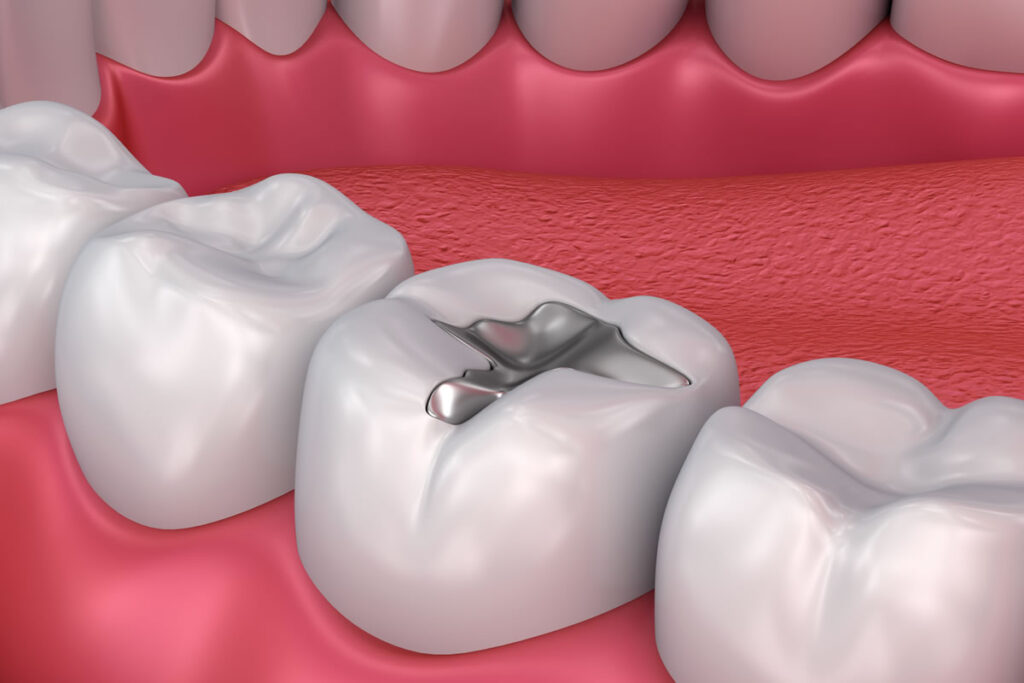
Cosmetic oral enhancement procedures are increasingly popular worldwide since they aim to improve dental imperfections like chipping, cracks, and discoloration. Aesthetic restorations like composite fillings are preferred since they are affordable, convenient to use, and offer versatile applications in treating dental flaws.
The cosmetic dentist in St. Cloud, MN, and their expert team have expertise in aesthetic restorations to help restore your oral form, function, and aesthetics. Let us explore composite fillings for a better understanding.
What are composite fillings?
Composite fillings are tooth-colored dental materials that are a mixture of plastic (acrylic) resin that is reinforced with a powdered glass filler. These aesthetic fillings enable rebuilding of the tooth structure that is compromised due to caries, cracks, or fractures. Composites easily blend with your natural teeth, and are best suited for use in the anterior and other visible areas of the mouth. However, they can be used for mild tooth cavities in posterior teeth (premolars and molars), as well.
When do dentists recommend composite fillings?
Composite fillings are indicated for the following dental imperfections:
- Chipped or cracked teeth
- Diastema (space or gaps in between your teeth)
- Dental decay in the visible areas of your mouth
- Teeth that are worn out due to attrition (aging), increased masticatory forces, or bruxism (involuntary, persistent clenching and grinding of the teeth)
Do they offer any benefits?

Composite fillings are trending restorations since they offer the following benefits:
- Provide good durability
- Appear naturally since they are tooth-colored
- Provide excellent fracture resistance
- Facilitate quick procedure
- Can fix minor flaws to major tooth damage like cavities or fractures
How do dentists offer composite fillings?
You can expect the following steps that are involved in composite restorations:
- Your dentist will first select an appropriate shade that matches your natural teeth.
- The tooth will be isolated using a rubber dam to prevent excess moisture that can interfere with the bonding of the composite material. It is then air-dried and excavated to remove the caries (decay).
- The affected tooth will be etched to create micropores in your enamel surface. This locks in the composite material, ensuring an effective bonding.
- The composite material will be layered carefully, and after each layer, the cement will be cured through an LED light to set it.
- If the decay is present close to the nerves, then a particular medication would be placed before restoring it with composite filling. This provides added protection.
- The restored tooth will be shaped and polished to blend with the other natural teeth.
- Your dentist will check your bite for any high points to make sure you are comfortable with the restoration.
Composite fillings are tooth-colored, durable, and affordable restorations that are increasingly popular among dentists. These are easy to use with minimal post-procedure maintenance.





More Stories
Kamagra Safety Facts: Every First-Time User Needs
Optimizing Medical Billing Workflow Core Components
Harnessing Digital Momentum for Mental Health Practices